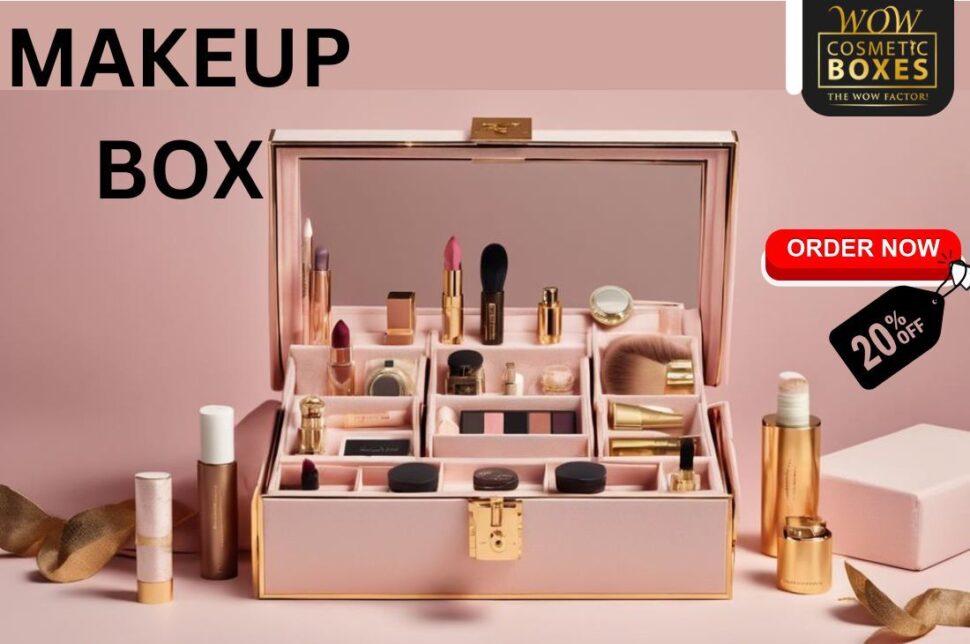
Custom packaging prototypes are essential for testing your ideas prior to mass production. They allow you to assess structural integrity, material choice, and overall functionality through rigorous testing methods like drop and compression tests. By creating interactive samples, you engage consumers and gather valuable feedback, enabling data-driven decisions. The prototyping process includes consultations and pre-production reviews that lead to finalized designs, reducing risk and costs. Moreover, iterative testing pinpoints vulnerabilities, ensuring compliance with industry standards. Fostering informed choices, these prototypes help enhance your product’s market appeal. There’s much more to explore about maximizing your packaging strategy.
Main Points
- Custom packaging prototypes allow for thorough inspection and testing of designs, ensuring structural integrity before moving to mass production.
- Engaging with consumers through prototypes provides valuable feedback on design concepts and preferences, aiding in informed decision-making.
- Rigorous testing methods, such as drop and compression tests, simulate real-world conditions to validate the durability of packaging materials.
- Iterative design processes enable adjustments based on performance evaluations, reducing risks and identifying flaws early in the prototyping phase.
- Incorporating sustainable packaging solutions in prototypes enhances brand appeal and aligns with consumer preferences for environmentally-friendly products.
Importance of Packaging Prototypes

Packaging prototypes are essential in the product development process, as they allow you to inspect and test designs for structural integrity before mass production.
These prototypes serve as critical sample units for rigorous testing, ensuring your custom packaging meets robustness standards and effectively utilizes features like 1-2-3 bottom structures.
By engaging potential consumers and investors, you gain valuable feedback that informs your design concepts, enhancing market appeal.
Additionally, prototypes facilitate A/B testing, enabling you to explore various color combinations and messaging strategies, which informs your final design decisions based on real-world insights.
The prototype process typically includes consultations, pre-production reviews, and approvals, minimizing costs and risks associated with full production investments.
In the end, utilizing packaging prototypes enhances your decision-making processes, ensuring your product is market-ready.
Types of Prototypes Available
Exploring the various types of prototypes available for custom packaging is crucial for optimizing your product development process.
You can choose from interactive 3D samples, which provide immersive marketing simulations, and plain samples that test structural integrity and material choices.
Moreover, incorporating customization and finishing options in your prototypes can help assess how well your packaging aligns with your brand identity.
Digital samples cater to design validation needs, while production samples deliver high-quality prototypes for final evaluations before mass production.
Finally, decision support samples offer tangible insights that help you make informed choices regarding your packaging design and functionality.
The Prototyping Process

The prototyping process consists of several vital stages designed to guarantee your custom packaging meets both aesthetic and functional requirements.
It begins with a consultation where you and the designers align on your product vision, ensuring that you can incorporate features like extensive customization options to enhance your packaging.
Next, a pre-production review occurs, creating mock-ups and virtual prototypes for visual assessment. Your approval is essential before moving to the physical prototype development phase, ensuring all design aspects meet your requirements.
Following your approval, physical prototypes are crafted, allowing for hands-on testing of the packaging’s look, fit, and functionality.
If the final prototype satisfies your criteria, it paves the way for full production, greatly reducing risks by confirming design viability before committing to large volume manufacturing.
Testing and Validation Methods
Once you’ve approved the physical prototypes, the next step is to rigorously test and validate their performance to guarantee they meet industry standards.
Utilizing testing and validation methods like drop, compression, and vibration tests simulates real-world conditions, evaluating packaging durability under various stresses.
Furthermore, consider the importance of durability in packaging materials to further enhance the protection of your products.
Make sure to comply with standards such as EN 15552 and ASTM D4169, ensuring your designs meet safety and performance criteria.
Data loggers are essential during these tests, collecting real-time information to identify vulnerabilities and areas for improvement.
Prototyping services enable iterative testing, allowing adjustments based on performance evaluations.
Benefits of Custom Prototypes

Custom prototypes offer significant advantages by providing tangible representations of packaging concepts, allowing you to inspect and test designs thoroughly before mass production. They serve as critical tools for identifying potential issues, ensuring your project is on the right track.
With the growing emphasis on sustainable packaging solutions, incorporating eco-friendly elements into your prototypes can also enhance brand goodwill.
Here are some key benefits:
- Risk Reduction: Spot packaging format, material, or design flaws early, minimizing costly production mistakes.
- Consumer Insights: Engage in A/B testing to assess consumer preferences, ensuring your final design resonates with your target audience.
- Informed Decision-Making: Utilize visual and functional comparisons of various designs, facilitating a more analytical selection process.

